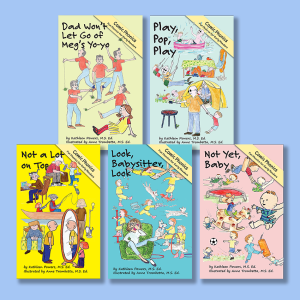To write well, students need to plan their writing before they write. They need to organize their ideas on paper, tablet or computer before they write sentences.
Some workbook publishers suggest students need a different type organizer for almost every essay or narrative they write. Other publishers suggest as few as six.

This is an example of a mind web.
I suggest three.
A mind web (sometimes called a spider web or mind map) suffices for most expository and persuasive essays. The topic goes in the center, and then, like spokes of a wheel, three or four subtopics connect to the center. The student augments each of these subtopics with details. Then using colored pencils or markers, the student loops the information for each subtopic using a different color. Lastly, the student numbers the subtopics in the order in which they will be written about.

This is an example of a chart.
A chart suffices for comparison/contrast essays. The student draws a horizontal line across the top of the paper (or online page) and then draws three equally-spaced vertical lines. At the top of the middle and right columns the student writes the two topics to be compared or contrasted. Down the sides of the left column the student writes the ideas to be compared or contrasted.

This is an example of a modified timeline.
A modified timeline works great for narratives. At the top of the page on the left write “beginning.” Next to it stack the words “setting,” “POV,” “characters,” and “inciting action.” Below the word “beginning” write “middle,” and near the bottom of the page on the left write “end.” Next to “end” write “climax” and “resolution.”
These three organizers cover the situations elementary and middle grade students need to write about. I particularly like the mind web because it is so flexible. The more “sloppy” a student is allowed to be in creating an organizer, the more apt a student is to create one.
I also recommend creating these organizers on notebook paper which can be placed next to an electronic surface if the student is writing online. That way the student can easily glance back and forth to use the organizer.
For more on organizers, click on the cover of my book How to Write a 5th Grade (or any other grade) Essay in the left side of this blog.
 evere. Here is a sketchnote of important facts to remember. Notice how sketchnoting takes advantage of a student’s visual learning skills and in this case, artistic learning skills.
evere. Here is a sketchnote of important facts to remember. Notice how sketchnoting takes advantage of a student’s visual learning skills and in this case, artistic learning skills.







